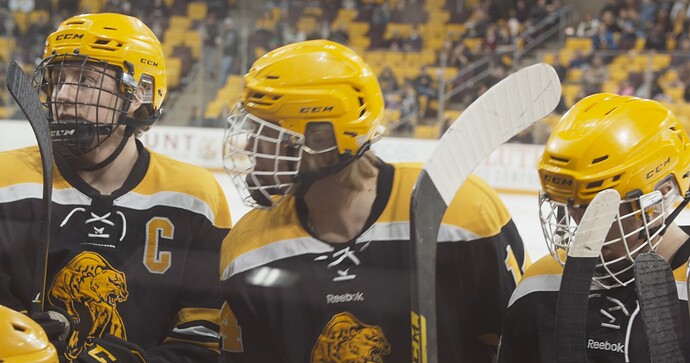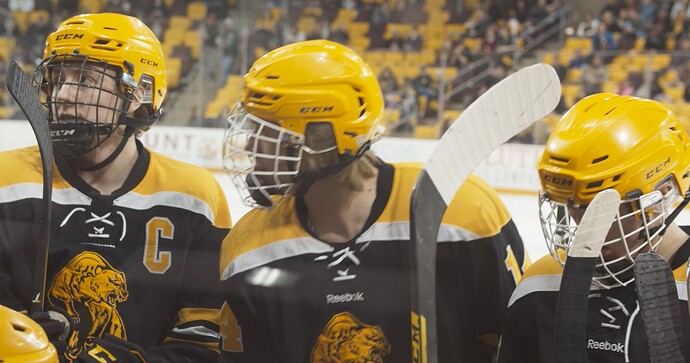Hello all,
About to begin coloring a feature-length doc shot with 2 different cameras (pocket 4k, C300 Mk ii). Been wanting to test out ACES for a while now, this seems like a really good opportunity to do so. I’ve been pouring over tutorials and forum posts, but have a few questions about proper workflow. Definitely don’t want to make any silly mistakes midway through the project and have to backtrack. I’m new here and primarily a DP (tho getting more color gigs) so any info is helpful. If you want to point me to a forum post that I missed, that’s cool too. I did some searching but definitely might’ve missed something.
My basic setup is as such: Resolve 17, Aces1.0, AcesCCt, No IDT, rec709 ODT
-
IDTs: The C300 Mk II has an IDT and seems to be playing nicely out the box. The pocket 4k (shot in prores), not so much. No IDT in Resolve. I followed this tutorial (BMPCC 4k / 6k IDT workaround for ACES in Davinci Resolve 16 - YouTube) which essentially had me convert the color space to one that has an IDT (Alexa). This seems to work fairly well. Compared to the C300 ACES footage, the Pocket 4k footage is a bit more saturated and a bit less contrasty. Which I can fix with some simple log corrections. What I’m wondering: would using this CST workflow and then doing a contrast and saturation adjustment be my best bet? Is there another route to get the pocket 4k footage to convert into the ACES world? The film is a sports doc (hockey) and I need to match game footage intercut between these 2 cameras, so getting their starting points close will save me a bunch of time in the long run I am sure.
-
The film incorporates mixed media (footage shot on phones, random home video converted into I don’t know what color space). 99% of the film is on C300/Pocket, but there are a number of these mixed media clips. What’s the best workflow to get these clips to play nicely in an ACES timeline?
-
To make it easier for me to keep consistent, milky / filmic blacks, I’ve been in the habit of dialing in a soft or hard clip (in resolves curve tab - somewhere in the 50 to 100 IRE range). Given ACES implements an S-curve of its own, would adding my own clip point be counter-intuitive and make grading more difficult? Additionally, is there much sense in implementing my own S-curve in a node (to grade underneath) as I might in a more standard yRGB workflow?
-
I’d like to use printer points for shot matching. I know log controls behave well in ACES, but anything I should know about printer points in particular, like possible issues I may run into? I like the idea of using AcesCCt, having the toe behave more like a log-C / film log that I’m used to. Am I on the right track there?
Thanks guys. Excited to dive into the world of ACES!

